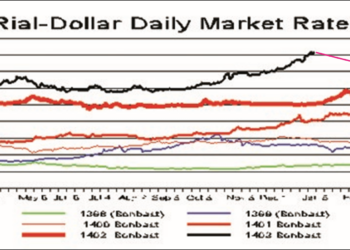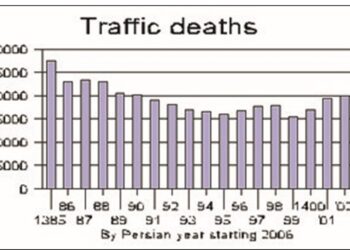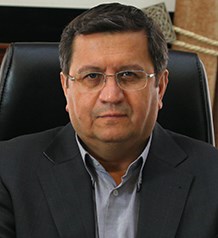November 01, 2019
Although the Islamic Republic is talking constantly about how it is moving rapidly to build more wind and solar generators of electricity, Tehran’s Financial Tribune says the government hasn’t approved any funds for the program it talks about so often.
The daily newspaper said September 29, “As long as electricity prices … are not modified, plans to expand renewable energies will not materialize.” In Iran electricity is sold for less than cost. And since solar and wind power cost even more than electricity generated by fossil fuels, the loss from solar and wind power would be even greater.
The government has said it wants to raise the current share of renewables from the current 841 megawatts to 5,000 MW by 2022. Iran currently has a technical capacity of 85,000 MW, including 1,000 from the nuclear power plant at Bushehr.
The Financial Tribune said, “A major breakthrough in expanding renewable power is highly unlikely because no budget has so far been allocated to develop renewables.”
And since the renewable energy sector is unable to compete with subsidized fossil fuel-based electricity, private investors won’t risk their money, it reported.
The production of 1 megawatt of electricity in a thermal station used to require an investment of at least $1.5 million, the newspaper said, while generating the same amount of power in a solar farm barely needed $550,000. But the costs of operating are higher since power plants get subsidized oil and gas.
Thermal power generation costs, including production and transmission, is 2 cents per kilowatt-hour. Electricity is currently sold at 0.7 cents per kWh.
It was not until 2015 that the Energy Ministry set fair tariffs to purchase clean energy produced by private firms (9 cents per kilowatt hour). The policy was a major incentive to attract local and foreign investment to renewable energy ventures.
However, soaring inflation and the new US economic sanctions imposed in 2018 tripled the import cost of most equipment, including photovoltaic (PV) inverters, panels and cables.
“Strangely, the ministry has not increased the tariffs and insists that producers sell what they produce for 20 cents at the rate of maximum 9 cents per kWh,” Mohammad-Javad Mousavi, a member of Iran Renewable Energy Association, complained.
Experts told the Financial Tribune that investing in renewables is no longer economically viable, unless the government revises its policies.















